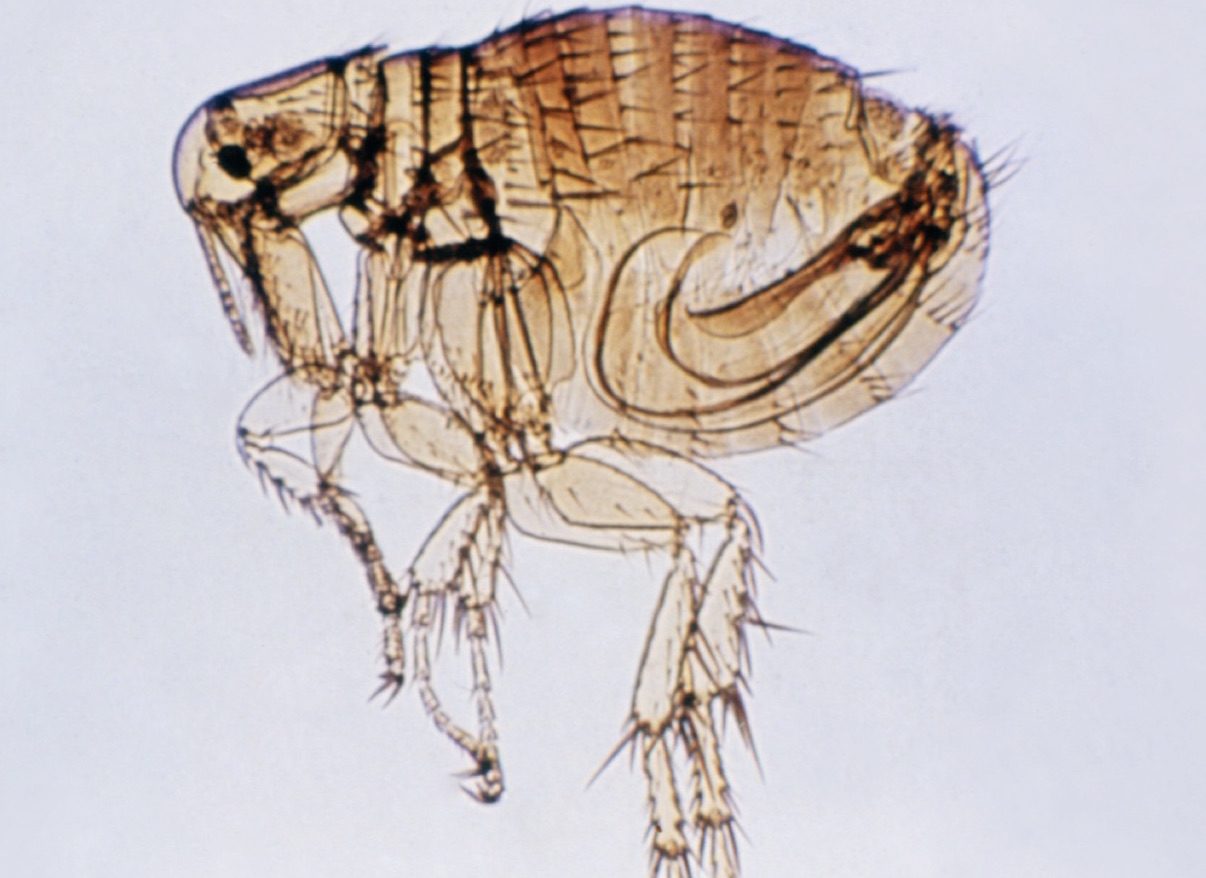As Bill Jones and his wife Kathy Murray of Austin found out in 2008, getting sick with murine typhus can be scary business. When a high fever persisted for five days, Jones sought help at a local hospital. There, he spent nine more terrifying days, while doctors searched for an explanation for his symptoms and nearly operated on his liver unnecessarily.
“They called me and said I needed to get back over to the hospital. They had determined Bill has a dark area on his liver, ‘cause they were testing everything. And that he was going to need to go in for surgery,” Murray says.
Alarmed, Murray sought out a second opinion from a specialist who found that her husband’s liver was fine. Meanwhile, she had become convinced that he had the bacterial infection, murine typhus, known to be spread by rats and their fleas. But she struggled to get his doctors to take this idea seriously. The disease had been extremely rare in Travis County, which includes Austin, for decades. But in 2008, seemingly out of the blue, it would sicken 33 people there, most of whom required hospitalization.
Murray recalls telling doctors: “Will you please treat Bill for typhus? He has all the symptoms of typhus: 104 degrees [temperature]; going from feeling very hot to his entire body shaking violently – it was really scary. And, he [was] very sensitive to light; he was wearing sunglasses in the hospital. He had a pinpoint rash on his arms and legs – that’s another symptom of typhus.”
















